Ascent through Darkness

Can your lungs catch frostbite? That was the question on my mind at 4:30am as Colleen, I and our Sherpa porter, Mingmar, made our ascent in the dark towards Thorong La pass. The air was very cold, well below freezing. This much was evident from my final visit to the outhouse at Thorong Phedi. The area around the squat toilet was slick from all the urine that had missed its mark, freezing and forming a dangerous ice rink that you did NOT want to slip on for at the center of its vortex was a hole full of poop.
But freezing air is not so scary. It’s the combination of being above 5,000 meters where the oxygen is thin, and ascending a very steep slope where your legs beg for oxygen, that causes you to pant as if you were hyperventilating. Now combine that with freezing air and it feels like someone emptied a bag of ice into your chest. I imagined the alvioli in my lungs freezing and shattering into sharp, tiny ice fragments that punctured my lungs from the inside as they fell. I expected droplets of blood to spurt out with my breathing.
As it was, something else was sputtering forth with my breathing. My nose was freely running down my face, my frozen face bereft of any feeling, and forming a puddle between my neckwarmer and my inner jacket. I only realized this after we finished our ascent to high camp an hour later and stopped for tea and a brief rest. Yuck!
We had another tormentor that night, one especially suited to the dark — a black horse. It belonged to one of those entrepreneurs who, on tough climbs, coaxes you to throw in the towel, embrace failure, and consider the alternative the costs of building an outdoor menage. He and I had spoken earlier, and I had firmly declined his proposition. As we ascended a particularly vertical section where he was perched with two of his horses, he observed us like a vulture, the beam from his headlamp tracking our every move. His judgmental gaze followed as we navigated switchbacks in the dark, prompting us to question our own mettle. Now, one of his black horses had ventured further up the mountain on its own, obstructing our path on the trail. Each attempt to shoo him away resulted in him blocking us again just a few meters ahead. In the darkness, he was barely visible, raising concerns that he might kick or side-swipe us off the mountain if we inadvertently got too close. Eventually, our porter Mingmar took matters into his own hands, swinging a rock at the horse’s rear end, and finally, the obstinate creature left us alone. However, the encounter left an impression, and when we later passed by him in the early daylight near high camp, the horse’s ears folded back — a telltale sign of aggression in horses.
But by then we were in better spirits, having had hot tea and finally being able to see without our headlamps. The sun had ascended to where the tallest peaks on the other side of the valley were illuminated. The light from these allowed us to see that we were now passing by frozen waterfalls, a series of large white icicles, sometimes less than a dozen feet tall, other times close to fifty feet tall, but always perfectly still, not even a trickle escaping their bony fingertips.
Luckily the ascent to Tharong La was uphill almost the entire way. We only lost elevation at two points, one right after high camp, and the other right before the pass. We arrived at the pass shortly after 9:00am, a good time because the pass gets very windy closer to noon. After high fiving and snapping a few photos, we took a tea break to reward ourselves. At 17,769 feet, we were higher than Everest base camp, or any base camp for that matter. I tried to eat one of our Snickers bars but it was as hard as a block of wood. I had to dunk it for 20 seconds in my piping hot cup of tea just to be able to bite through it. During the pit stop, Colleen switched the lacing on her shoes to a special downhill configuration that is supposed to keep your feet from sliding forward in the shoe.
After that, we started the mile plus descent. This was Colleen’s least favorite part as she is better at climbing, whereas I’m better at descending. The journey down was brutal on the knees and Colleen’s feet collected more and more blisters by the hour. When we finally reached our destination of Muktinath at 3:00pm, 10.5 hours after setting out from Tharong Phedi, Colleen took off her socks to survey the damage. In addition to the blisters, several toes on both feet were blue under the toenails from bruising caused by the steep downhill. Maybe the downhill lacing helped, but the hiking shoes she picked up in Kathmandu were just too crappy in the end. My feet, on the other hand, while still definitely tired, were otherwise in decent shape, just a little peeled skin behind the heels, that’s all. The second hand Meindls I bought in North Pakistan for $19 served me well in both the Karakoram and the Himalayas, the two highest mountain ranges in the world. On top of that, I was able to get back most of what I paid for them when I sold them to a trekking store in Kathmandu on our way out of Nepal. In order to give Colleen’s feet some rest, we decided to break from our plan and added an unscheduled rest day in Muktinath. I used this day to chill with some Buddhist nuns and Hindu Sadhus at Muktinath temple, a complex consisting of three Hindu and Buddhist shrines.
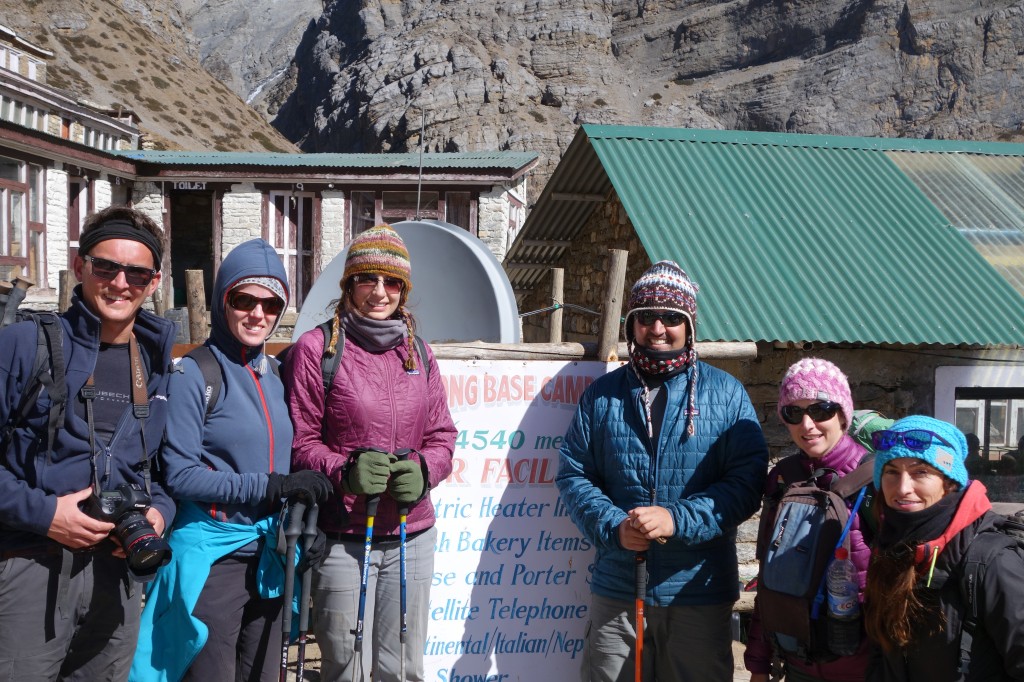
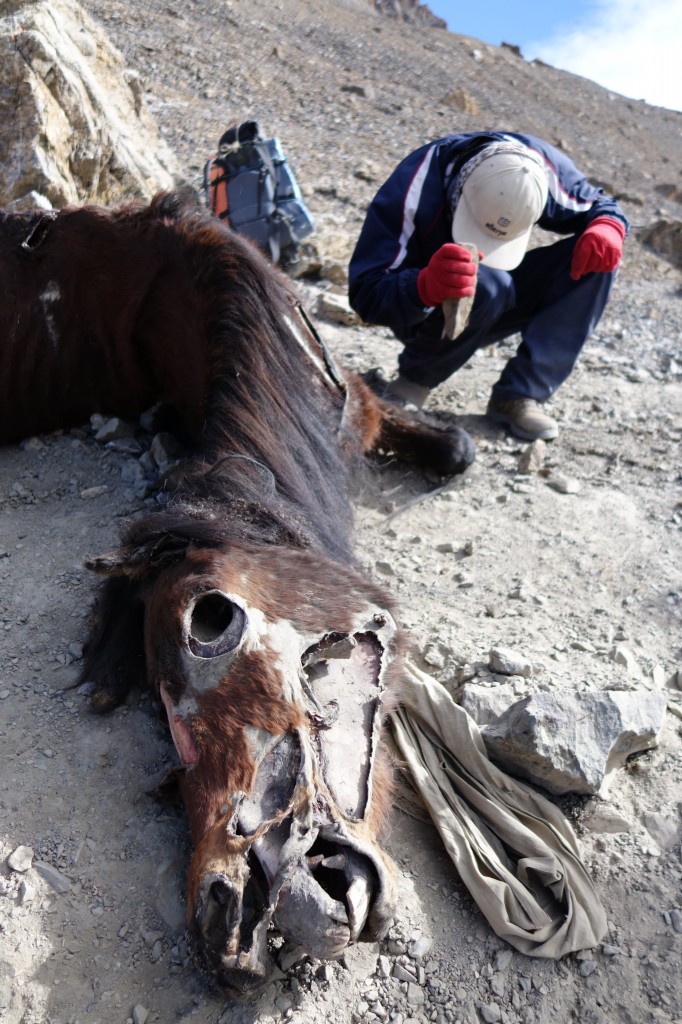
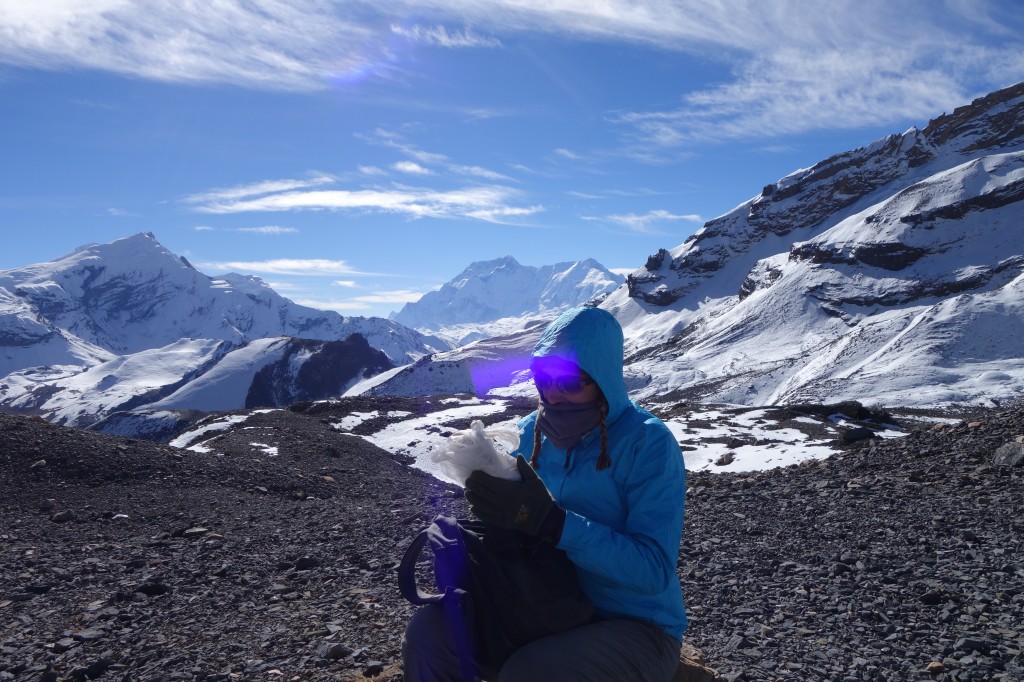
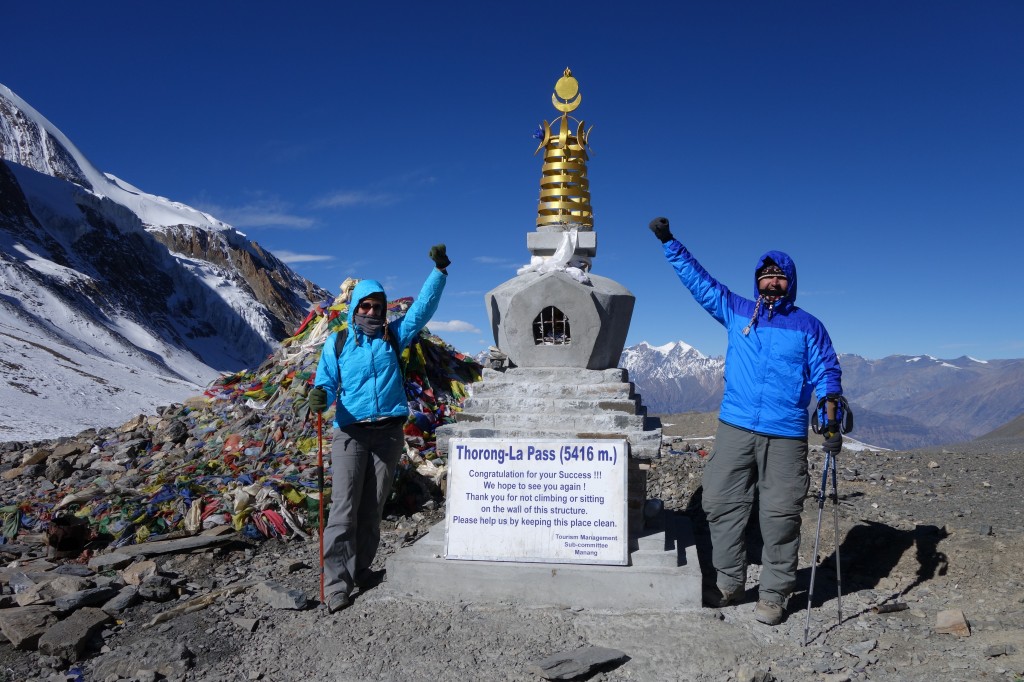
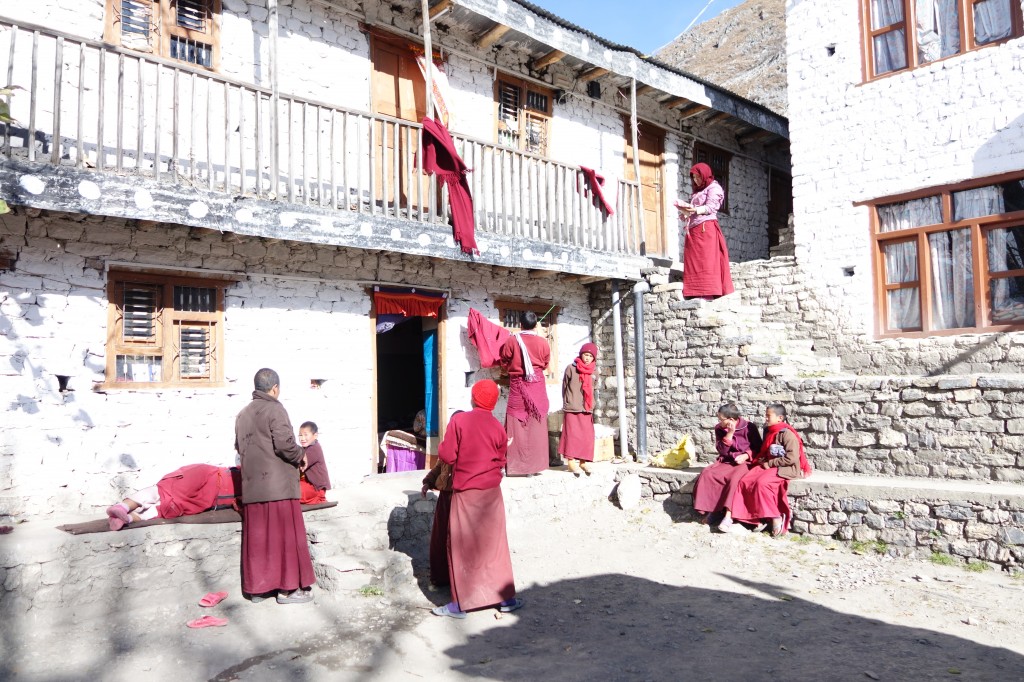
Recent Comments